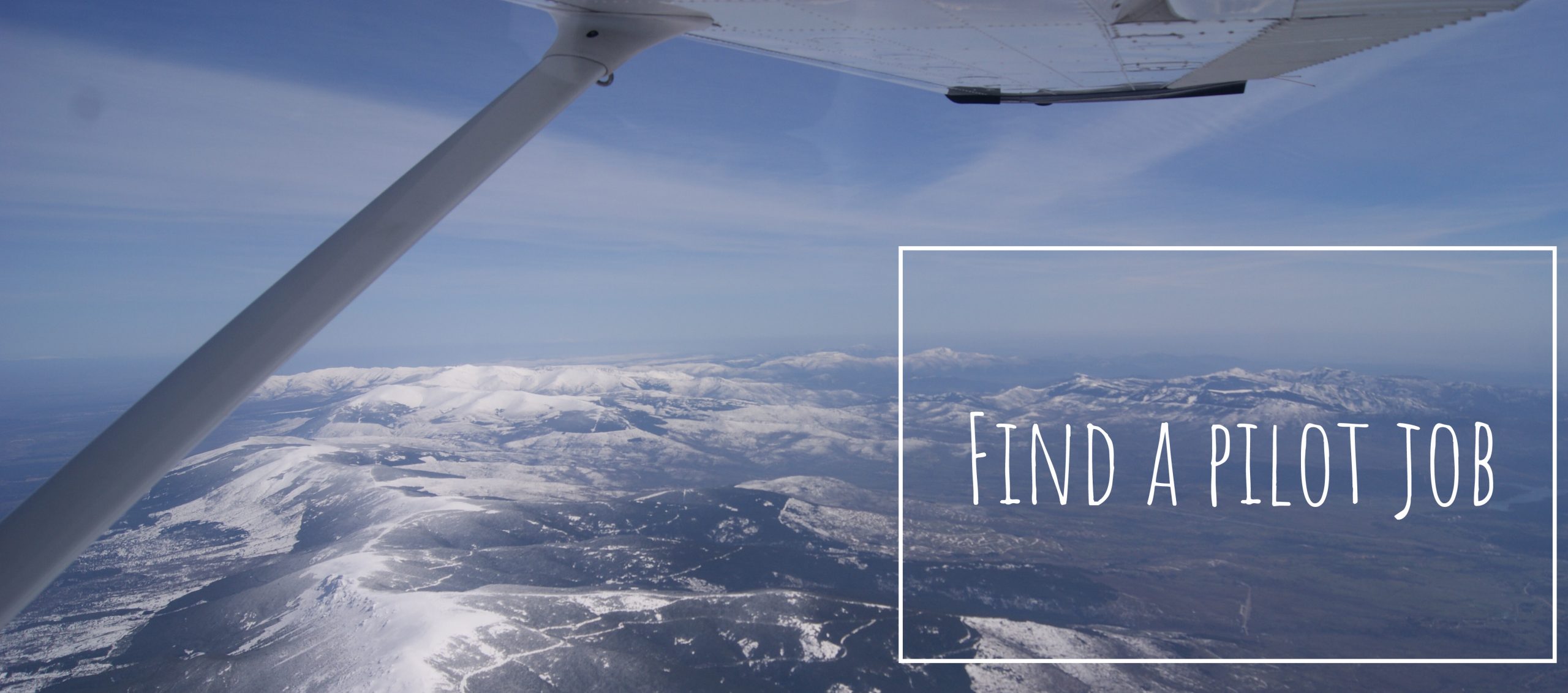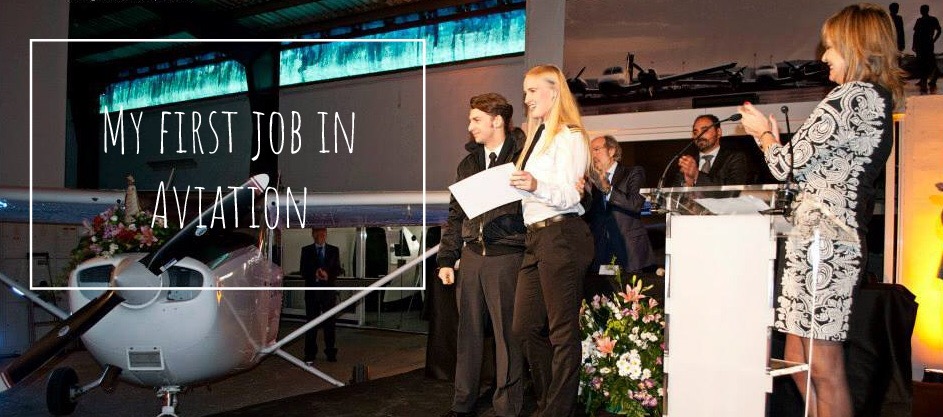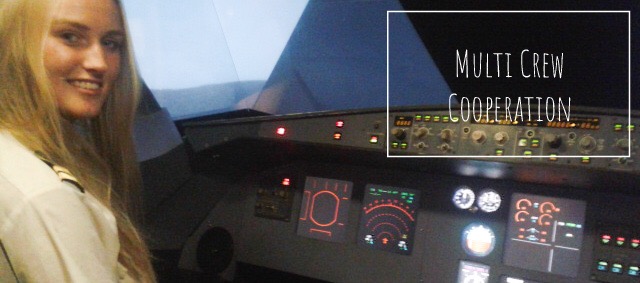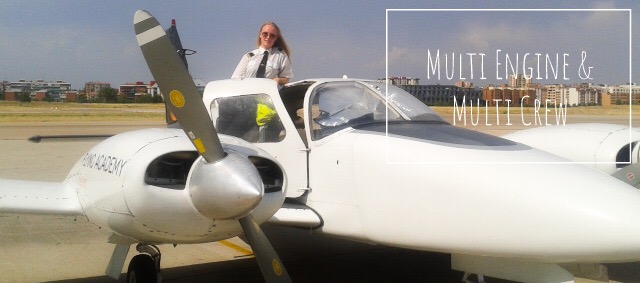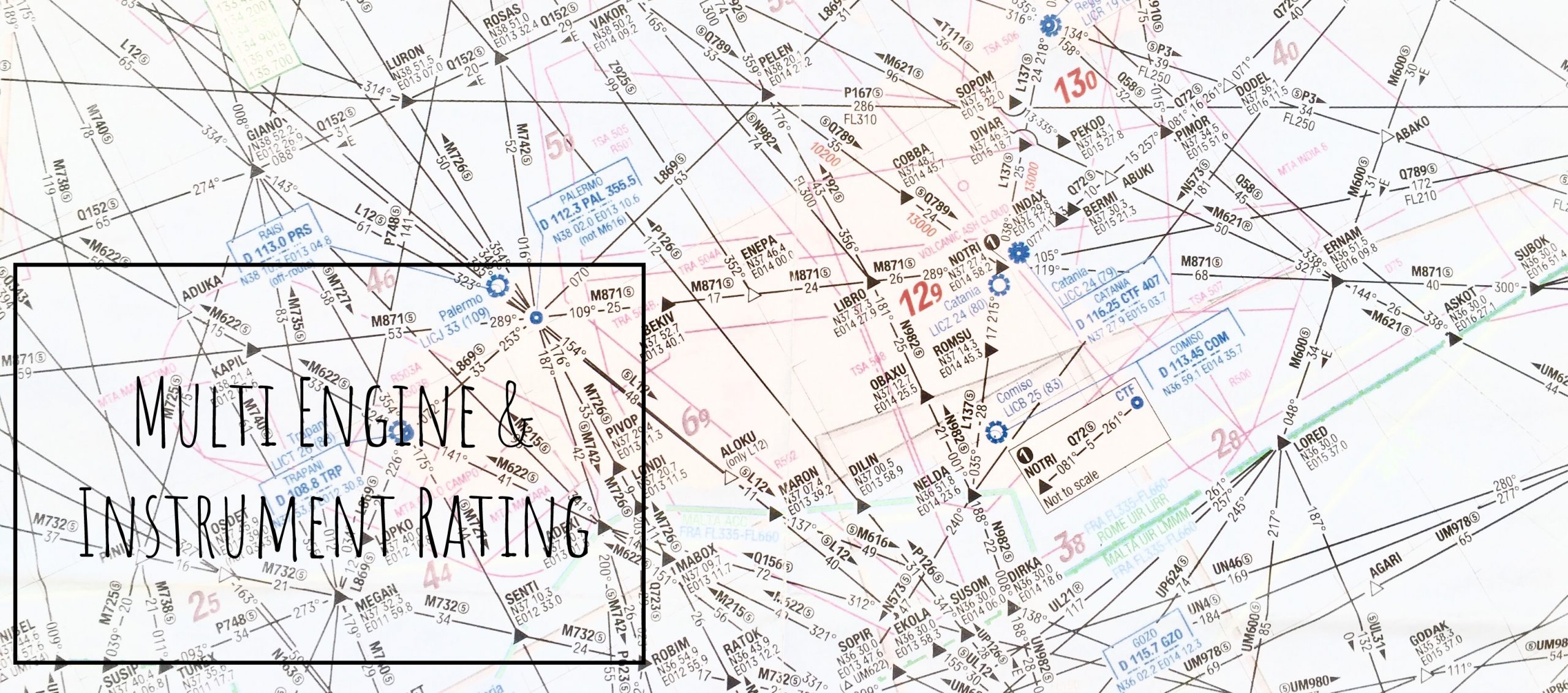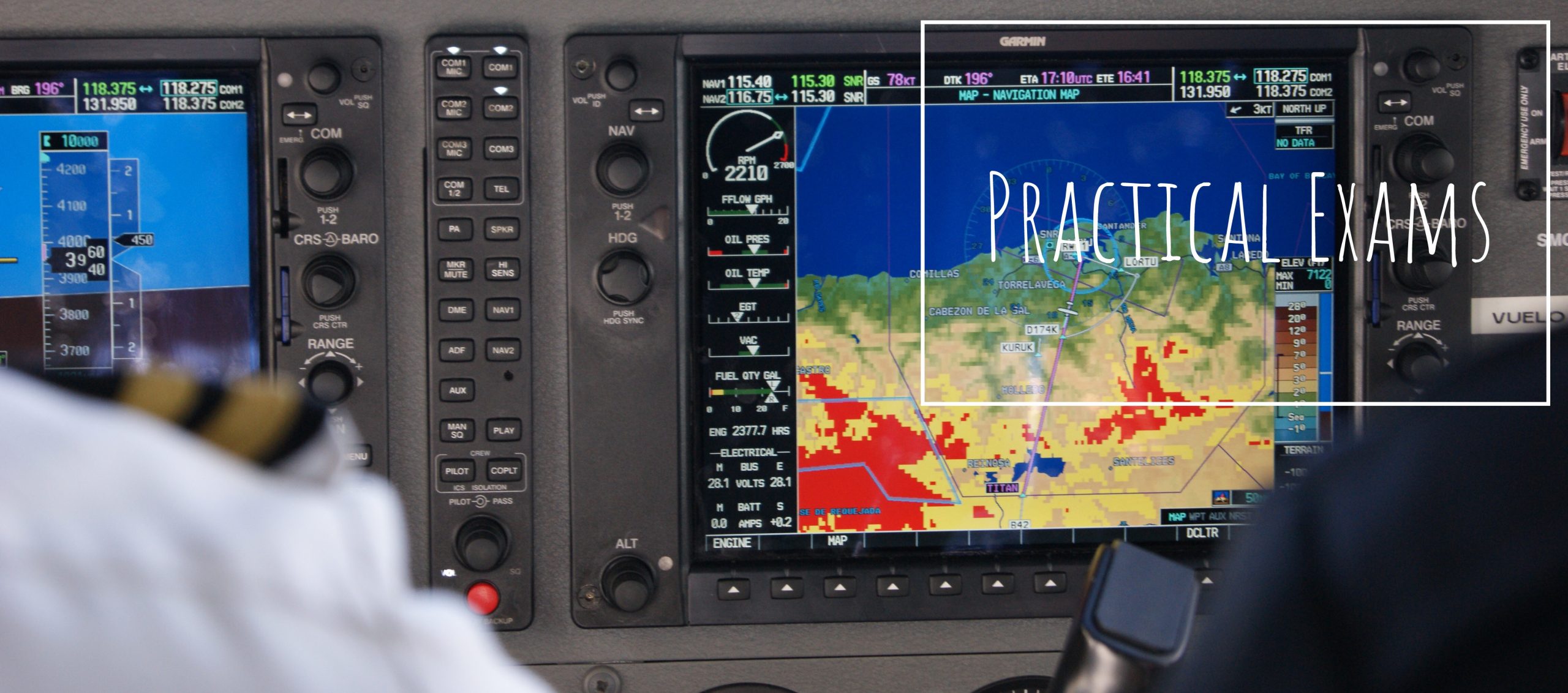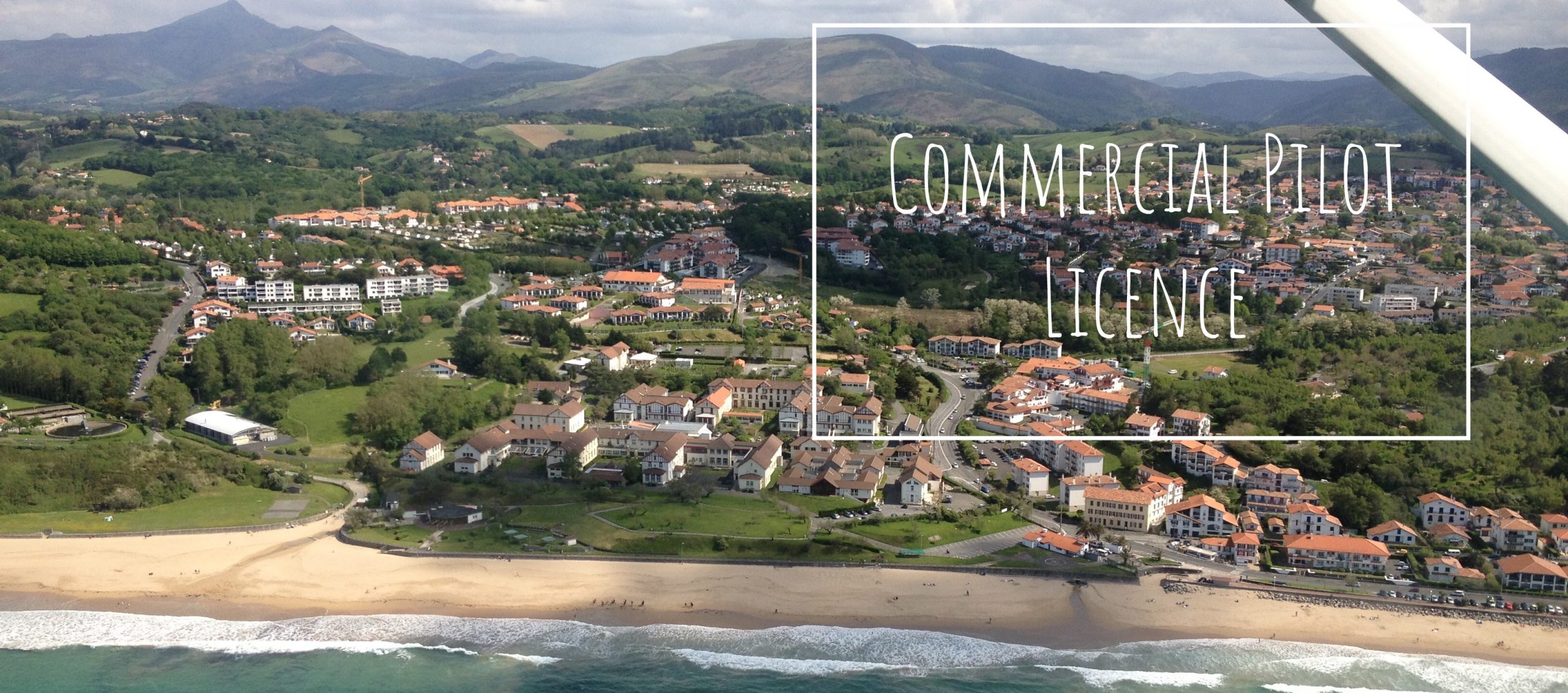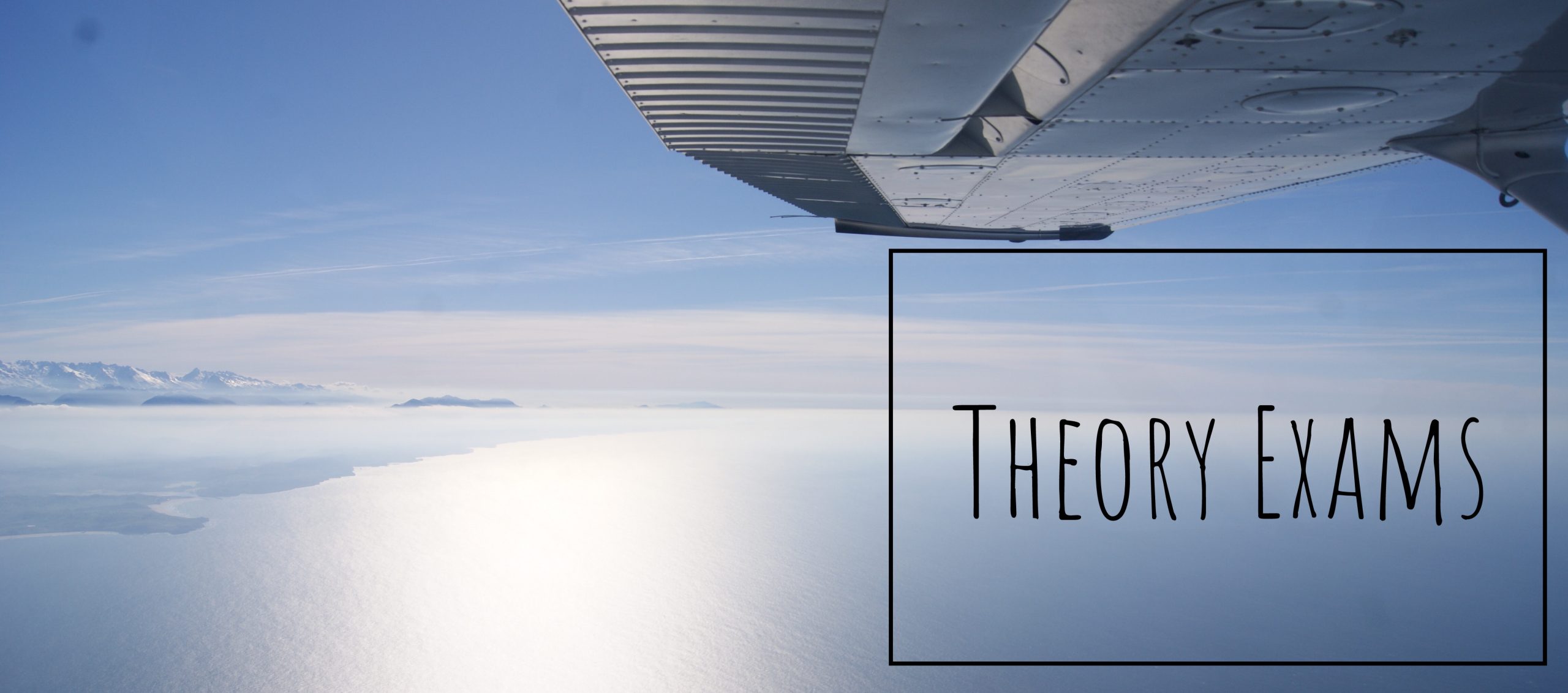How to become a Pilot #09: Find a pilot job
After you finish flight school, you have your licence in your pocket, it’s time to apply for jobs! For some people it’s easy: if they finish at a good time, where there are many pilot jobs available for low-experienced pilots or maybe if they know someone in a high position in an airline.
This post is meant for the pilots that are not so lucky. I am writing this from my own experience, so I know what situation you’re in. You are so ready to start working as a pilot, it has been your goal for so many years and now that you have your licence, all you want is to find a job and start flying!

